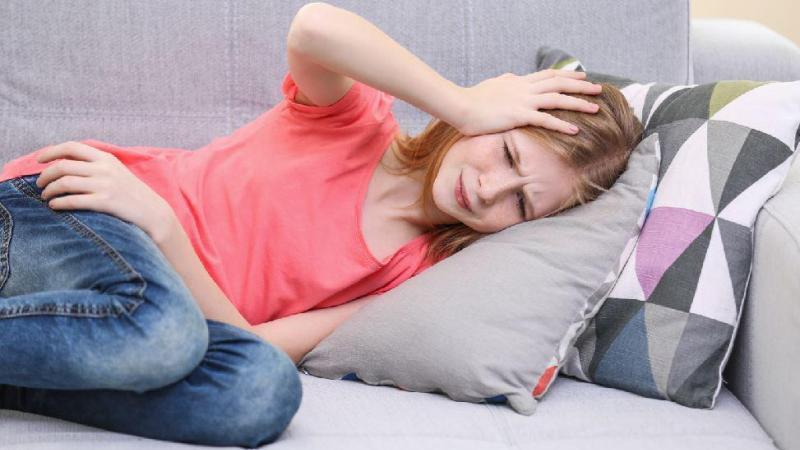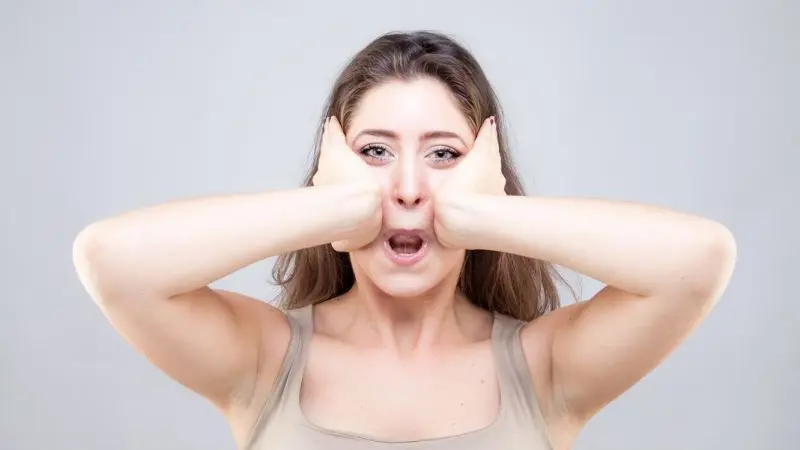
Migraine affects adults as well as children also. Statistics indicate that boys and girls experience migraine at the same rate until menstruation starts.
Girls experience migraine at high rate than boys after their first period. Research said that there can be another factor of this in girls than boys: Early Puberty.
It is a neurological condition and far from bad headache. Person who experience it suffer from other symptoms such as nausea, vomiting, dizziness, mood changes and sensitivity to light, sound, touch and odors.
Experts do not know the actual reason of migraine, it can be genetic or due to the environmental factor. Study believe that if both parent have it, then there are 75% chances of it in children. If one parent has it then this can be 50%.
There is new study that emphasizes on puberty-migraine connection. It was led by Dr. Vincent Martin, a professor in the Division of General Internal Medicine and the director of the Headache and Facial Pain Center at the University of Cincinnati (UC) Gardner Neuroscience Institute in Ohio.
Martin said that percentage of migraine is same both in girls and boys until menstruation begins.
The research which was presented in American Headache Society 61st annual scientific meeting in Pennsylvania, PA, reviewed data of 761 adolescent girls from three metropolitan areas of United State.
For this researchers analyzed the girls aged between 8 and 20 years for 10 years from 2004. At first they examined the girls of 8-10 years, every 6-12 months until puberty begins.
They consider the various factors of puberty: start of menstruation (menarche), breast development (thelarche) and growth of pubic hair (pubarche).
In the meantime, the girls of age 16 were asked to fill out questionnaires about it. In that period 11% participants were diagnosed with migraine, 7% had it. Approximately 82% participants didn’t show any that.
When the researchers analyzed data in detail, they discovered one additional factor: Girls who had migraine they experience menrache and thelarche eralier than those without them.
Although there was no difference in girls who experienced migraine factors i.e. thelarche, menarche around 4 months earlier, pubarche around 5 months earlier average.
Additionally, There were uptick in chances of developing migraine in girls who experienced menarche or thelarche earlier.
In the conclusion, “This suggests a strong relationship between early puberty and the development of migraine in adolescent girls,” says Susan Pinney, Ph.D., a professor in the UC Department of Environmental Health and a lead investigator on the study.







